Test F: Single
density current at 500m
- Domain and
execution:
- 53x53x16 grid - still runs quickly for interactive testing
- ∆x=∆y=∆z = 500
meters
- ∆t = 1.0 seconds; run to 900s
- Save data (via
putfield)
at 500, 700, 800, 900s (and other times if you
wish).
- Physics:
- All processes
retained and active.
- Sound speed Cs=100 m/s.
- Non-monotonic
piecewise linear advection.
- Diffusion
coefficients = 35
(momentum), 2.5
(temperature).
- Initial
condition: (Note different temperature
perturbation, half of earlier tests)
- Theta: 1 thermal:
- -10˚,
center ( 250, 10750, 1250) (Note
different z center position)
- (yes the Y center
isn't at NY/2 but with very large Yradius, it
shouldn't matter)
- Make
sure
you
set
T'
and V' for 2nd 'thermal' to zero.
- "radius" =
4000m in each direction X and Z, 999999 meters
in Y to create ~2D initial condition
- W, P are initially zero
- U has random
perturbations with max magnitude 10 m/s (meaning
range is -5 to +5 m/s)
- V (using same
formula as for theta) has -25 m/s max perturbation
for "left boundary thermal", and 0 m/s on
right.
- Boundary conditions:
- Usual (symmetric X, periodic Y, 0-gradient Z)
Test F: Single density current from left (X)
boundary
- Density current with coincident V<0 field
descends and propagates toward +X. Preferred
(but not
completely regular) wavelength in Y direction is
becoming evident, ~wavenumber 5 in Y - by 900s in T, W
and Vorticity xy fields at surface, and T, Vorticity
and W 3-d plots.
- Text output from running my code may be found here.
- Contour intervals in plots below are 1˚ (for theta),
5 m/s (for U,V), 2.5m/s for W xy plot at k=3,
5 m/s for W xz plot, 20 hPa (for P'), and 100 (for vorticity; is actually x10-4 s-1). - The 3-D plots use plot3d's
default "eye" for viewing (you look towards ~
-X). The isosurface for theta' = -2.5K, and for
vorticity = 50.
- The following comments are the same
as those in Test E, other than the link for doplot for Test
F:
- Plot3d will compute vorticity for you (and thus
allow you to plot it), provided you have called putfield with
your U-wind
component named "U" and V-wind component named "V" -- in your call to putfield from your main program.
- As noted elsewhere in the program 6 pages, you can
use plot3d
with a script to generate all the plots you want, at
once.
The script I used for the plots below is available here, named doplot.TestF. To use it, copy it to Stampede, tell the system it is an executable script by typing the somewhat arcane Unix command chmod ugo+x doplot.TestF, and run it by typing "doplot" as you would any other program. You will see doplot.TestF contains the same text you would enter by hand to see the fields. When it finishes you should have a series of ncar metacode files (e.g. Vort_xy.meta). You could then run metagif to convert their contents to GIF.
- It is also possible to put all plots in a single
metacode file; see the Running
Plot3d page for an example of doing so ... you
could then make all the plots into GIFs and combine
them in a zip file to move to your PC with the single
command
~tg457444/502/Tools/metagif filename.meta -all -zip [or, use -tar for a TapeArchive file; most PCs will work with either .tar or .zip]
Or, if you wanted a single file of all images saved as a movie, use
~tg457444/502/Tools/metagif filename.meta -all -gifmovie [or, -qtmovie for Quicktime]
Note either command will leave a pile of .gif files sitting in your directory.
metagif will tell you the file names it is using when making movies.
Test F |
T=0 | T=500 | T=700 | T=800 | T=900 |
|---|---|---|---|---|---|
| T X-Z |
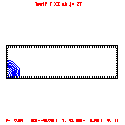 |
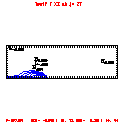 |
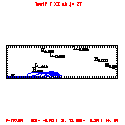 |
 |
 |
| T X-Y k=1 |
 |
 |
 |
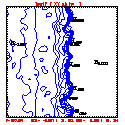 |
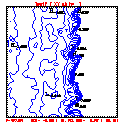 |
| T 3-D |
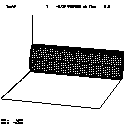 |
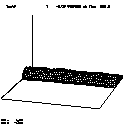 |
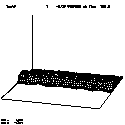 |
 |
 |
| Vorticity X-Z |
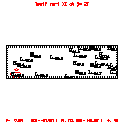 |
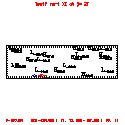 |
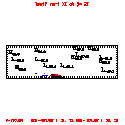 |
 |
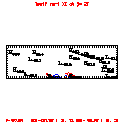 |
| Vorticity X-Y k=1 |
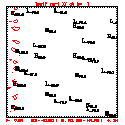 |
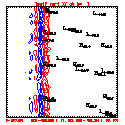 |
 |
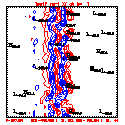 |
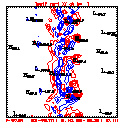 |
| Vorticity 3-D |
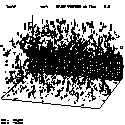 |
 |
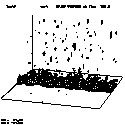 |
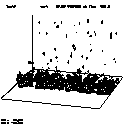 |
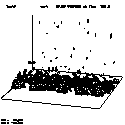 |
| U X-Z |
 |
 |
 |
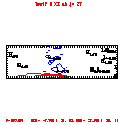 |
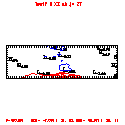 |
| U X-Y k=1 |
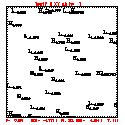 |
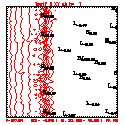 |
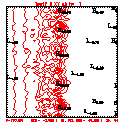 |
 |
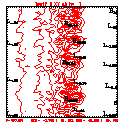 |
| V X-Z |
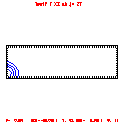 |
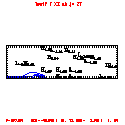 |
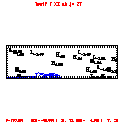 |
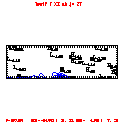 |
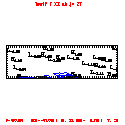 |
| V X-Y k=1 |
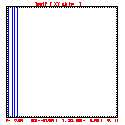 |
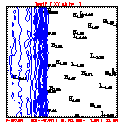 |
 |
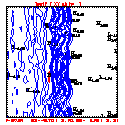 |
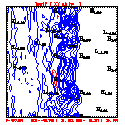 |
| W 3-D |
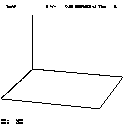 |
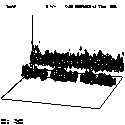 |
 |
 |
 |
| W X-Z |
 |
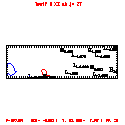 |
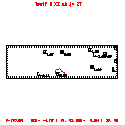 |
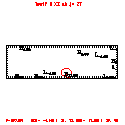 |
 |
| W X-Y k=3 |
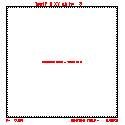 |
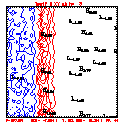 |
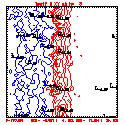 |
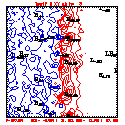 |
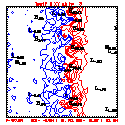 |
| P X-Z |
 |
 |
 |
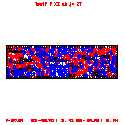 |
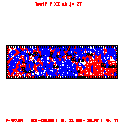 |
| P X-Y k=1 |
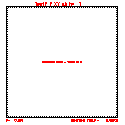 |
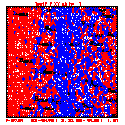 |
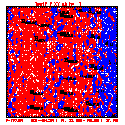 |
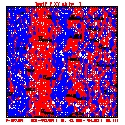 |
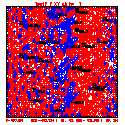 |